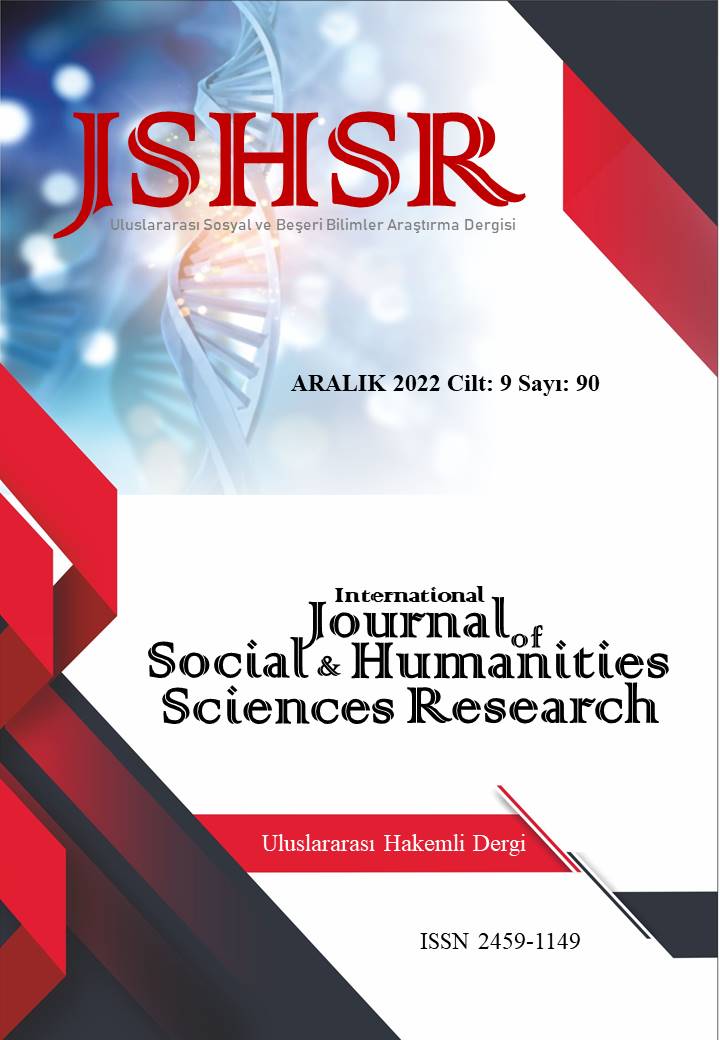DYEING OF COTTON FABRICS WITH CEHRI AND PINAR PLANTS IN THE CONTEXT OF SUSTAINABILITY AND THE EFFECT OF DYEING ON FABRIC PERFORMANCE
DOI:
https://doi.org/10.26450/jshsr.3366Keywords:
Pinar plant, Cehri, Iron sulfate, Aluminum alum, Cotton fabric, Friction fastnesses, Air permeability analysisAbstract
In this study, research was carried out within the scope of sustainable textiles by evaluating the environmental dimension of the concept of sustainability. In the study, dyestuffs were obtained from Pinar and Cehri plants, and cotton fabrics were dyed. Before the dyeing process, the fabrics were pre-mordanted with Quercus infectoria, and then the fabrics were divided into two groups and mordanted with iron sulfate and aluminum alum. Dry and wet friction fastnesses of cotton fabrics dyed with different mordant materials and dyestuffs were determined, and the fabric performance in terms of air permeability was also determined.
In this study, the damage to the environment was minimized by using natural dyestuffs instead of synthetic dyestuffs and an exemplary study was carried out for sustainable textile applications. In addition, the solutions prepared for dyeing were used for the second time, saving material and minimizing the amount of waste. In this way, an important study has been put forward in terms of environmental sustainability.
Downloads
Published
How to Cite
Issue
Section
License
Copyright (c) 2022 INTERNATIONAL JOURNAL OF SOCIAL HUMANITIES SCIENCES RESEARCH

This work is licensed under a Creative Commons Attribution 4.0 International License.


